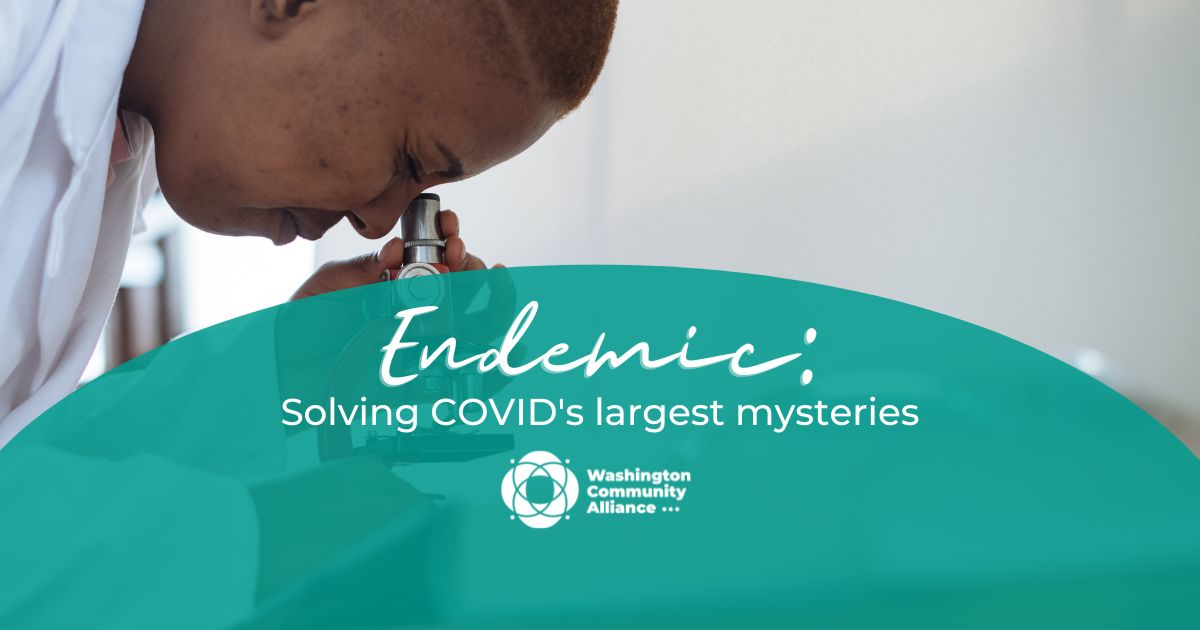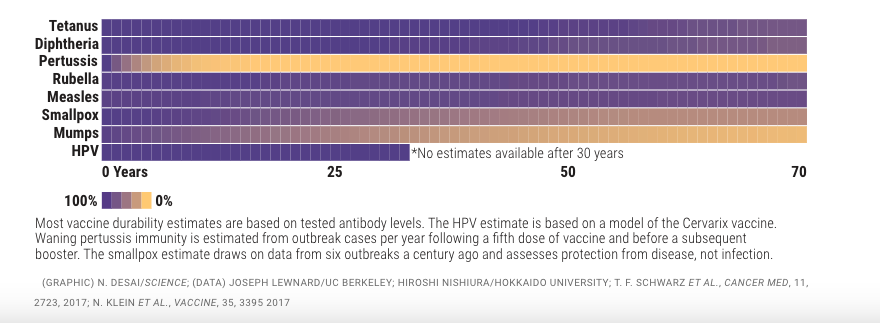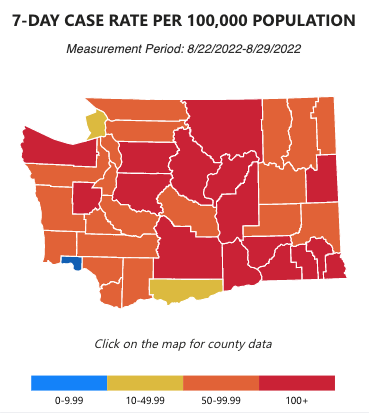
Friends—This Endemic will touch on three mysteries, new and old, prompted by the pandemic.
Most importantly, the improved Fall boosters that offer better protection against Omicron are here!!!
🙏 COVID-19 And Monkeypox Resources
Whether above or below, we’ll always keep this resource list around! Here’s what’s available:
- Use the Department of Health (DOH) Vaccine Locator tool for
Omicron Boosters! - King County monkeypox vaccination page
- Order 8 free, at-home COVID tests (It doesn’t matter if you’ve placed a previous order through the same site.)
- Order 4 free at-home COVID tests (note: any single address can only be used one time)
- Additional option to order free at-home COVID tests (WA only)
- Find vaccines near you (especially for those newly-eligible kiddos!)
- Testing locations
- DOH’s Care Connect (1-800-525-0127) for COVID-positive people’s free assistance on grocery delivery, medication delivery, and help with other core needs.
The DOH has told the public that demand is likely to exceed supply for the first few weeks, so maybe take that into account. For example, if you’ve recently had COVID, then you have some recent natural immunity, and therefore could wait 2-4 weeks (conservatively) before getting your booster.
📊 Washington’s COVID-19 Weekly Snapshot
COVID cases 😷
Hospitalization rates 🏥

Woohoo! The long Omicron BA.4 and BA.5 COVID plateau keeps falling, with our hospitalization rate down to 6 cases per 100,000 people. We hope this trend continues, but the arrival of fall (too soon? sorry! I know) means that people will be spending more time indoors, and therefore the virus could spread easier.
And despite the good trend we’re seeing, the rate of spread is still considered substantial-to-high in almost all of the state. We continue to urge that you to wear an N95 mask in crowded indoor areas and take precautions.
And get those boosters!
🧐 Three Mysteries of COVID
COVID brings attention to many scientific mysteries. Some are specific to coronavirus itself and some to mysteries that predate it. Here are three to consider:
1️⃣ We still generally don’t understand well why some vaccines (AKA, antibodies) last longer than others.
Some vaccines can last a lifetime, like Measles! But others, like Influenza, only last 3-6 months. One factor, which we know do know well, is that some viruses mutate faster and therefore develop new strains.
But we don’t have a clear understanding of why certain antibodies—that is, proteins in the blood that can identify viruses to help destroy them—produced by the vaccine can last decades in the body but others, like the COVID vaccine, begin to reduce in quantity after 3 months. This phenomenon is called vaccine durability and many scientists say this area is understudied and under researched. We should absolutely fund this research better.

(GRAPHIC) N. DESAI/SCIENCE; (DATA) JOSEPH LEWNARD/UC BERKELEY; HIROSHI NISHIURA/HOKKAIDO UNIVERSITY; T. F. SCHWARZ ET AL., CANCER MED, 11, 2723, 2017; N. KLEIN ET AL., VACCINE, 35, 3395 2017
2️⃣ Did COVID escape from a lab or come from the wild?
The answer to this largely comes down to whether you believe the Chinese government has expertly manipulated data from the beginning of the pandemic. Governments often lie (including ours), and the Chinese government has proven itself competent at controlling the flow of information, so it’s hard to say we’ll ever know the truth.
With that said, if you believe the World Health Organization’s team in China collected data accurately, then this Science article strongly makes the case for the pandemic originating in an animal market in Wuhan. The article highlights that early COVID cases were close to the market, and virus particles were found inside the market.
On the other hand, a Rutgers University scientist’s Twitter thread (sources and articles are at the bottom of thread) provides a good overview of the argument that the virus escaped from the Wuhan Institute of Virology (WIV). There were early reports that the lab had unsafe practices; Plus the lab proposed research in 2018 to edit a coronavirus to make a ‘furin cleavage site’, which is not found in the wild. The strain of COVID that caused the pandemic has this exact feature.
Going forward, we can learn things from both origin theories that aren’t mutually exclusive. First off, there needs to be more caution and transparency around the research of dangerous viruses. The NIH seems to agree, and it recently rejected a grant to the EcoHealth Alliance (one of the research partners at the WIV) because they refused to be transparent about their bat virus research. Two, animal ‘wet’/fresh-meat markets should have stronger public health standards. (It’s unclear whether there is change happening on the latter.)
3️⃣ And the last mystery: What causes long COVID?
We did an explainer on long COVID in May, doing our best to find out. Scientists have a couple leads: mini blood clots caused by lingering virus particles, and immune disorders prompted by COVID. A recent PNAS review of research confirms those ideas, but makes it clear there could be other categories or causes of long COVID that remain unknown.
One helpful scientist interviewed in that article has the idea that long COVID will one day be diagnosed and treated in categories. You might have the “lingering virus particle long COVID” and therefore your treatment is antivirals, while someone else might have the “immune disorder long COVID” and require another treatment.
Of all the mysteries covered in this Endemic, this one could be (and maybe is likely) to be solved in the next couple of years. Fingers crossed.
What do you think? Have any questions? Tweet us your thoughts @WACommAlliance.
Keep up on Washington’s latest COVID-19 trends, new research, and more through our Endemic newsletter.


